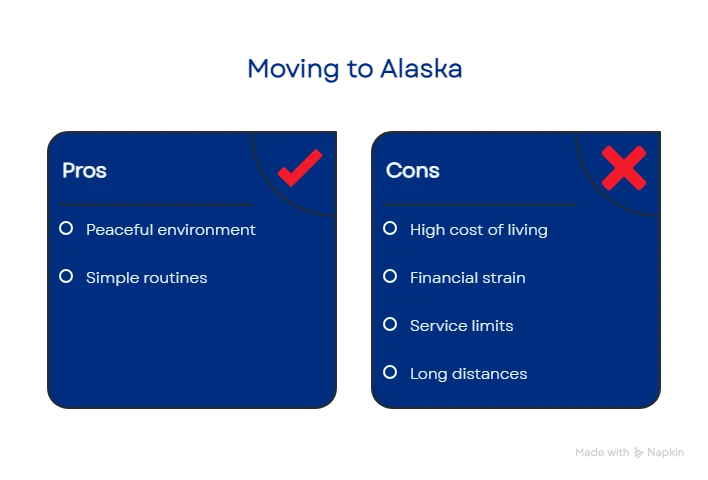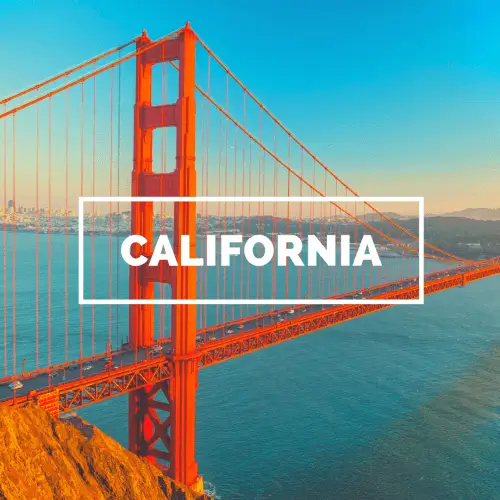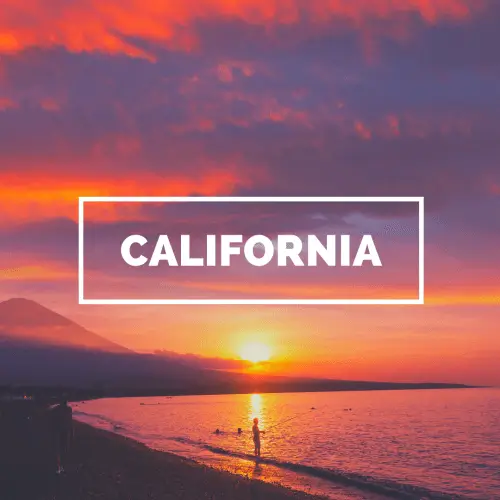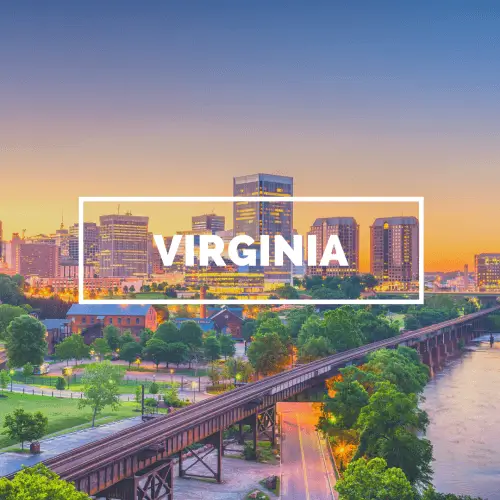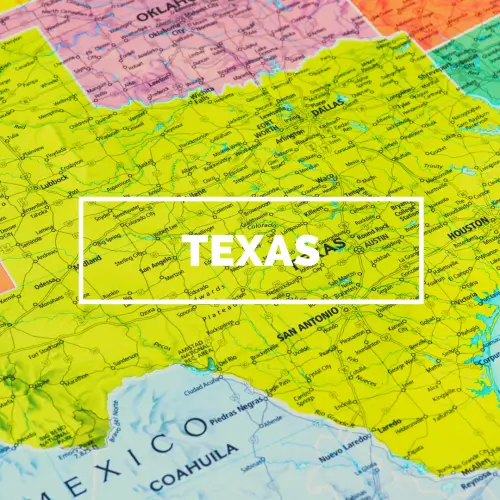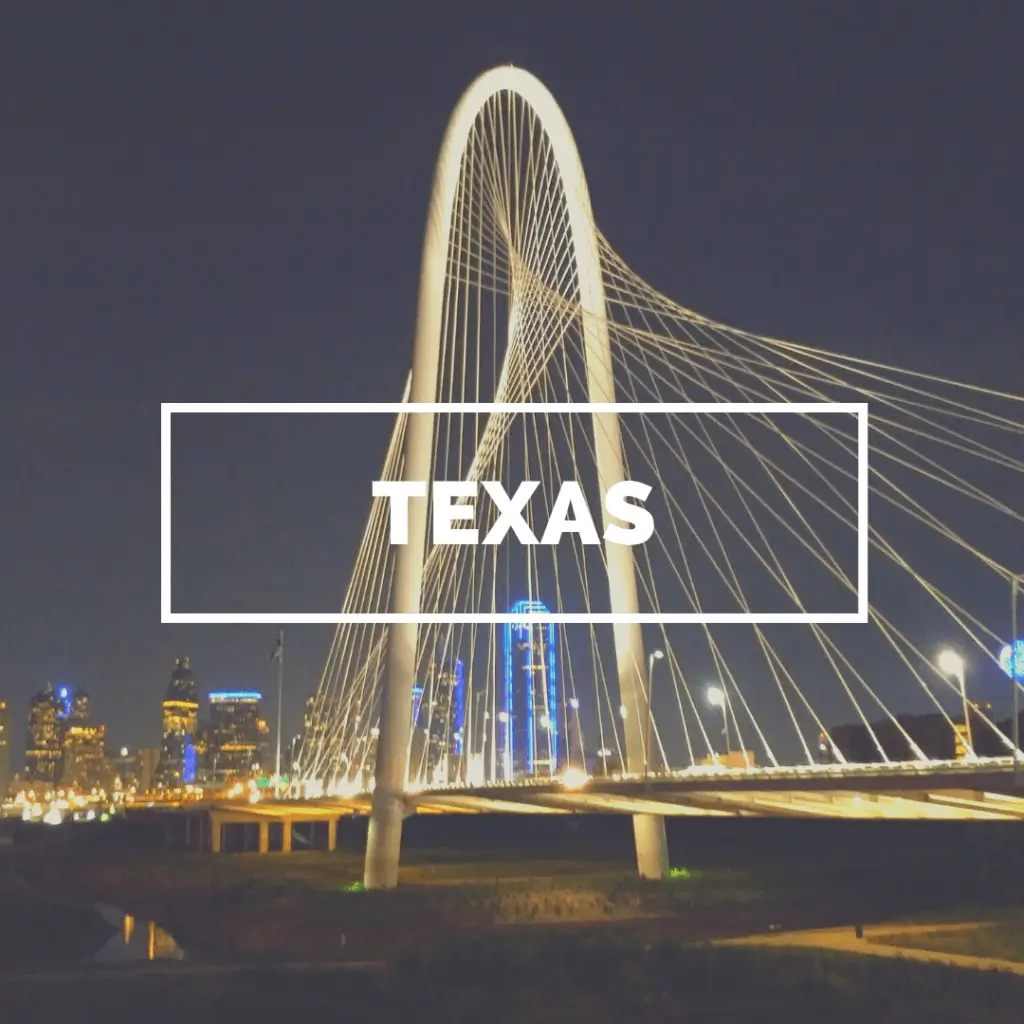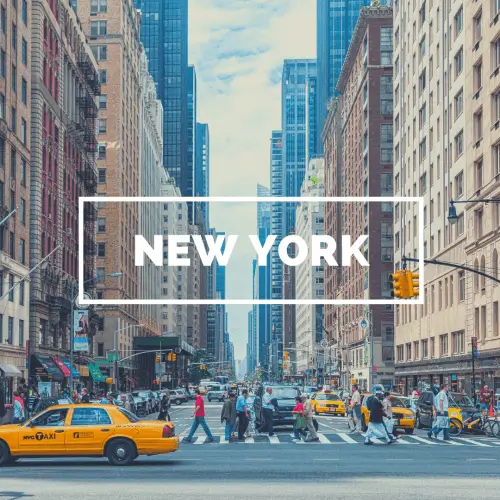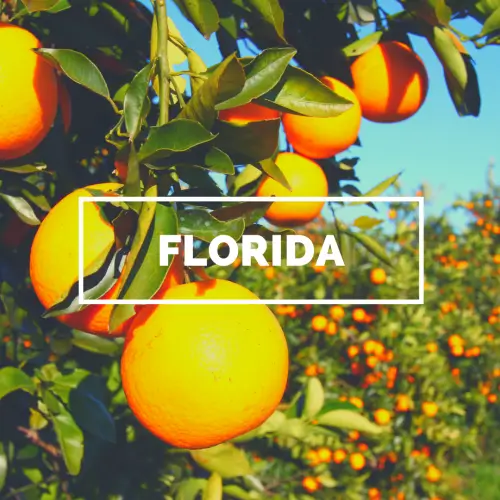Most people think of Alaska as peaceful and open. They imagine fresh air, quiet towns, and simple routines. These ideas are common, but they leave out the harder parts.
Alaska has one of the highest costs of living in the United States. Without preparation, it’s easy to feel pressure from high prices, long distances, and limits on services. Costs for food, heating, and supplies can cause problems if you don’t plan ahead.
What You’ll Learn
If you're planning to move to Alaska, there are questions you need to answer before you go. This guide focuses on three of the most common questions:
What does it take to handle Alaska’s seasons, and how do you prepare?
How much does it cost to live in Alaska, and where can you manage expenses?
What are the most common regrets people have after they move?
Summary
Moving to Alaska is a significant shift. Here are ten essential points:
High Cost of Living: Expect groceries, utilities, and housing to be 20–30% more expensive than the U.S. average.
Housing Shortages: Anchorage, Fairbanks, and Juneau have tight markets. Start your home search early.
Extreme Climate: Winter lows can dip below –20°F, and daylight hours range from 24 in summer to under 4 in winter.
Utility Expenses: Heating bills double mainland costs; invest in high-efficiency insulation and heating systems.
Remote Transportation: Over 80% of communities lack road access and rely on bush flights, ferries, or barge shipments.
Job Market Volatility: Wages are high in oil, mining, seafood, and government sectors, but employment fluctuates with commodity prices.
No State Income or Sales Tax: You save on state taxes but may still pay local sales taxes, property levies, and fuel surcharges.
Permanent Fund Dividend: Annual payouts (~$1,300 per person) help, but don’t offset steep living costs.
Wildlife & Safety: Encounters with moose and bears are common. Learn safe food storage and carry bear spray.
Community & Preparedness: Embrace Alaskan neighborliness, stock emergency kits for quakes and winter storms, and learn local subsistence customs.
Moving to Alaska Takes Work
Living in Alaska requires more than liking the idea of it. You need to be ready for how it works day to day.
Some aspects are appealing: quiet communities, wide-open spaces, and a slower pace of life. But Alaska also brings long winters, limited daylight, and higher costs. These factors affect how you plan, how you spend, and how you get through the year.
If you're not ready for cold temperatures, short days, and expensive supply runs, daily life becomes difficult. But when you prepare early and know what to expect, Alaska can be manageable. This article is built to help with that. It focuses on facts, not idealized views.
1. High Cost of Living
Alaska ranks as the fifth-most expensive state to live in, behind New York, California, Massachusetts, and Hawaii, according to the Alaska Department of Labor. Prices for everyday goods and services are higher than what most people expect. Groceries, housing, and utilities are 20 to 30 percent more expensive than the national average. This affects both rural and urban areas.
Groceries cost more because most food is shipped by air, barge, or truck over long distances. Fresh items like fruits, vegetables, and dairy are marked up due to fuel, labor, and storage costs. In smaller towns, selection is limited, and prices are even higher.
Housing is also more expensive. Anchorage, Fairbanks, and Juneau have limited inventory, which pushes prices up. Homes often require more maintenance due to the weather. Construction materials and labor also cost more, which affects both rentals and new builds.
Utility costs are among the highest in the country. Homes need continuous heat through long winters. Electricity, propane, and heating oil are priced higher due to delivery challenges and energy supply issues.
Daily expenses in Alaska add up quickly. If you're not budgeting for them before the move, it can strain your finances after you arrive.
2. Housing Shortages
Housing in Alaska is limited. Anchorage, Fairbanks, and Juneau have low inventory and high demand. Most properties, both for rent and for sale, are taken quickly. The market moves fast year-round.
Rental units are especially scarce during the summer and early fall. This is when seasonal workers and new residents arrive. Long waitlists are common, and temporary housing may be the only option for weeks or months.
Buyers face similar challenges. New construction is limited by short building seasons, supply chain delays, and high labor costs. This keeps available inventory low and prices high, especially near schools, hospitals, or employment hubs.
Homes in older neighborhoods may also need upgrades to meet modern energy standards. Repairs take time and are more expensive due to limited contractor availability and high material prices.
If you plan to move, start your housing search early. Contact property managers or real estate agents well in advance. Waitlists, remote viewing, and pre-screening steps are standard.
3. Extreme Climate
Alaska’s weather is severe and changes fast. Winter temperatures often fall below –20°F, especially in interior regions like Fairbanks. In colder areas, temperatures can stay below zero for days or weeks at a time.
Seasonal light shifts are extreme. In northern locations, summer brings nearly 24 hours of daylight, while winter may have fewer than 4 hours of usable daylight. This affects sleep, mood, and daily routines. Blackout curtains and light therapy lamps are common household items.
Snowfall varies by location. Some coastal areas get heavy snow with milder temperatures. Interior regions get less snow but experience deeper cold. Storms can delay travel and deliveries for days.
New residents often underestimate how the cold affects daily life. Cars need to be plugged in. Roads may remain icy for several months. Cold-weather clothing is not optional. Layers, waterproof boots, and insulated outerwear are necessary for safety.
Preparing for the climate before you arrive helps with the adjustment. Most people take one to two winters to fully adapt.
4. Utility Expenses
Heating costs in Alaska are high due to long winters that require consistent heating for several months. That means higher energy use, no matter what system you have.
In many areas, heating oil or propane is the primary source. Both are expensive to deliver and store. Electricity rates are also higher than the national average, especially in remote towns that rely on local generation.
Without efficient insulation, energy loss becomes a serious problem. Older homes often need upgrades to reduce waste and lower monthly bills. Many residents invest in high-efficiency heating systems and weatherproofing as soon as possible.
Expect heating bills that are twice as high as those in most other states. For rural homes, that number can go even higher depending on the weather, home size, and location.
Managing these costs requires careful planning. Insulating your home, sealing windows, and scheduling fuel deliveries in advance can help you avoid spikes in expenses during peak winter months.
5. Remote Transportation
Most of Alaska is not connected by standard highways. Over 80 percent of communities can’t be reached by road. That means cars, mail, fuel, and food often arrive by bush plane, barge, or ferry.
If you're moving to a remote town, you’ll need to plan around long travel times and limited access. Flights can be delayed due to weather, and some areas only receive barge shipments a few times a year. When those deliveries are missed, shortages follow.
Gasoline and diesel are more expensive in these regions. Roads that do exist may be gravel or seasonally maintained, making them harder to drive in winter or spring.
For many, living in a remote community means learning to rely on local supply chains and preparing for delays. Residents often stock up during the summer months to avoid winter shortages.
If you need to leave town for medical appointments, groceries, or supplies, you'll likely need to book a flight. This adds both time and cost to routine tasks.
6. Job Market Volatility
Alaska offers strong wages in specific industries, but stability can shift without warning.
The oil, gas, mining, seafood, and government sectors pay well and support many local economies. These jobs often include benefits and seasonal bonuses, but they also depend on market demand and resource prices. When commodity prices drop, layoffs and cutbacks are common.
In smaller towns, jobs may be limited to seasonal tourism, fishing, or government contracts. Employment options can shrink fast in the off-season, especially in communities without year-round industries.
Some workers split time between Alaska and other states. Others work seasonally and save during peak months. It’s common for people to hold multiple part-time jobs or shift between roles as opportunities open.
Before relocating, review job listings in your target area. If your field isn’t connected to Alaska’s core industries, remote work or specialized skills may offer more stability.
7. No State Income or Sales Tax
Alaska does not collect a state-level income or sales tax. That can make a difference in your take-home pay and everyday spending. But those savings are balanced by higher local taxes and added fees.
Most cities and boroughs set their own rules. Property taxes vary by area. Some places charge local sales tax on goods and services. Others add fuel surcharges or seasonal fees for road maintenance and public services.
These costs can add up quickly, especially in areas with limited infrastructure or high operating expenses. For example, you might save on your paycheck but pay more at the pump or on heating bills.
It’s helpful to research local tax policies before choosing where to live. Two towns might offer different services, rates, and living costs.
8. Permanent Fund Dividend
Each year, Alaska residents receive a payout through the Permanent Fund Dividend. This payment comes from state oil revenues. In recent years, the amount has averaged around $1,300 per person.
To qualify, you must live in Alaska for a full calendar year and plan to stay. You also need to meet certain residency requirements and avoid extended time outside the state.
While the payment helps with annual costs, it does not cover the higher cost of living. Many residents use it for winter heating, home repairs, or stocking up on essentials. In households with several eligible members, the total amount can make a bigger impact.
Relying on the dividend for major expenses is risky. The payout varies each year based on legislation and available funds. It's better to treat it as a supplement, not a primary budget item.
9. Wildlife and Safety
Moose and bears are part of daily life in many areas of Alaska. Encounters can happen near roads, homes, or trails.
Bears are drawn to food, garbage, and outdoor storage. Improper handling can lead to dangerous situations. You’ll need to store food in bear-proof containers and clean grills, coolers, and trash areas often. In rural areas, electric fencing is sometimes used around homes or gardens.
Moose are not predators, but they are large and unpredictable. During calving season or winter, they can become aggressive. It’s important to give them space and avoid blocking their path.
Carrying bear spray and knowing how to use it are standard precautions for hiking and camping. Some locals also use air horns or deterrents when walking in high-risk areas.
Learning local wildlife safety practices is essential. Wildlife may seem like a tourist feature, but in Alaska, it’s a real part of daily life that requires caution and respect.
10. Community and Preparedness
Alaska communities rely on strong local ties. Neighbors often support one another during storms, outages, and supply delays. In many areas, this kind of cooperation is part of everyday life.
Preparedness is expected. Most homes keep emergency supplies on hand, including backup heat, water, and food. Earthquakes, harsh weather, and limited access to services make self-reliance essential.
New residents should build emergency kits, learn basic first aid, and prepare for situations where help may take time to arrive. Many households also keep extra fuel, maintain their vehicles year-round, and invest in alternate power sources.
Local subsistence practices matter. In rural areas, hunting, fishing, and gathering are not only cultural traditions but also part of how families get food and stay connected to the land.
Getting involved in the community, asking questions, and learning from experienced residents will help you adjust and stay prepared.
Final Thoughts
Moving to Alaska requires planning and a clear understanding of what daily life looks like. The scenery draws people in, but the reality involves high costs, extreme weather, and a different pace. From heating bills to wildlife safety, each part plays a role in how well you adapt.
If you're prepared to listen, adapt, and plan ahead, Alaska can offer a steady and rewarding life. If you expect it to be easy, you may face problems early on.
Before you decide, review your budget, research local communities, and talk to people who already live there. Good preparation makes all the difference.
Need Help Shipping Your Car?
If you're planning to move to Alaska and need to ship your vehicle, keep in mind that most carriers do not serve Alaska directly. AmeriFreight Car Shipping does not offer auto transport to Alaska. However, we can help you get your vehicle to a West Coast port, where it can be transferred to an approved ocean freight provider.
We work with experienced carriers to transport vehicles to coastal ports in California and Washington. From there, other companies can handle the ocean shipping portion to Alaska.
For high-value or specialty vehicles, enclosed auto transport offers added protection from road debris and weather during shipment.
Frequently Asked Questions (FAQs)
How common are wildlife encounters in residential areas of Alaska, and what safety precautions are needed?
Moose and bears are seen often, even in cities. Use bear-proof trash bins, store food indoors, and carry bear spray if walking or hiking nearby.
How do people cope with the extreme daylight and darkness cycles in different parts of Alaska?
Blackout curtains help in summer. Light therapy lamps and daily routines help during winter. Many also take vitamin D supplements.
How difficult is it to navigate the road system in Alaska, especially during winter, and is a 4-wheel drive vehicle essential?
Many roads are rough or icy in winter. A 4-wheel drive is strongly recommended outside major cities. Winter tires are also important.
Are there seasonal employment opportunities in Alaska, and how do people sustain themselves during off-seasons?
Yes. Many residents work in tourism, fishing, or construction. During off-seasons, people rely on savings, part-time work, or remote jobs.
Disclaimer: This article is for general informational purposes only and does not provide financial, legal, or relocation advice. Always consult with a qualified professional before making major decisions related to moving or employment.






